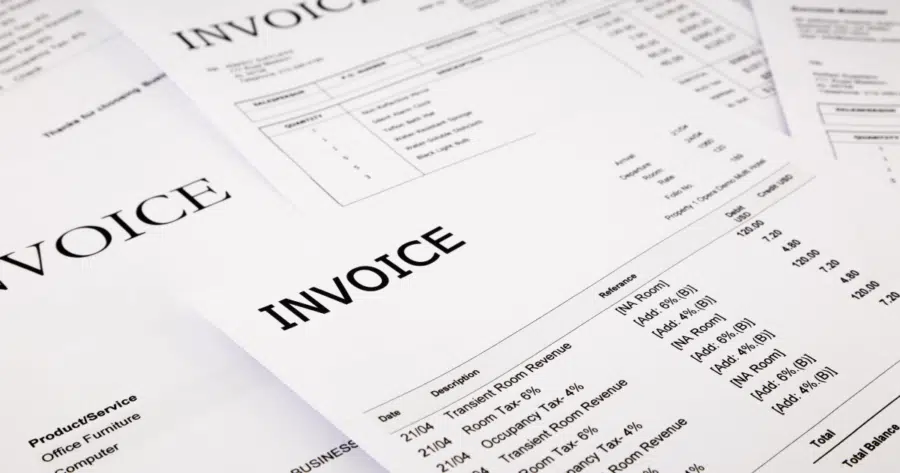Invoice Approval Automation: Upgrading from manual approvals
To keep up with the lightning speed of today’s business world, automating manual processes is a one-way ticket to staying ahead of the curve. For finance teams, we recommend invoice approval software to automate your approvals. Your loyalty to the manual approval process will cost you in the long run; eating up swathes of time, leaving your results at the mercy of human error, and a workload that’s enough to bring the strongest among us to tears!
Table of Contents
Here, we’ll show you how to save time, improve efficiency, and future-proof your process. We’ve also thrown in some tips on how to kickstart your automation journey.
The Benefits of Automating Your Invoice Approval Process
Time-saving
A manual invoice approval process can end up being a full-time job. By reducing human data-entry and eliminating physical approvals, invoice approvals can become just one element of a dynamic finance role. You’ll be left with more time for financial strategy, as well as being able to reclaim your lunch break!
Reduced errors
The truth is that mistakes happen; we’re only human! However, intelligent software will highlight mistakes that even the most diligent among us may miss. You don’t have to leave it to chance, automation software will act as a safety net to make sure no invoice slips through the cracks.
Improved visibility
No one wants to be in the dark about the reality of their patterns and spending. Intelligent software provides real-time visibility into the status of invoices, allowing finance teams to quickly identify bottlenecks and see trends.
Better compliance
Manual processes can be prone to compliance issues, such as duplicate payments or missed deadlines. Automation helps ensure compliance by enforcing approval workflows and providing audit trails, all with reduced effort and stress on your part.
Tips and Tricks To Get Started
Identify your personal pain points
The first step in automating the invoice approval process is to identify the problem areas in your current process. What do you find most frustrating? It could be manual data entry, a lack of visibility, compliance issues, or losing your well-earned breaks to stay afloat. Once you know the problems that need to be fixed, you can go about picking a software that solves them.
Choose the right software
Now you know the areas to focus on, don’t just follow the trends! Different softwares have different wins, so while great reviews are a must, it’s important to trial different systems for yourself. You’ll need software that integrates with your existing system, is user-friendly, has smart OCR, and with a support team you can rely on.
Train your team
It can’t be emphasised enough how important this is, and how many well-meaning finance teams skip this step. You can set yourself up for success by making sure everyone understands the software in–and-out. Providing thorough training, and budgeting for professional training if needs be, will ensure a smooth transition.
Customise your setup
A worthwhile automation software will be highly customisable, so make sure you spend the time setting up the necessary workflows and assigning power to the right people. This is key for getting the most out of your newfound financial forecasting and control!
Monitor and adjust
As with any new process, it’s essential to keep a close eye on the success and trends of your new system for the first few months so you can make adjustments as needed. It could mean that you use the software differently down the line than when you first installed it, but you’ll be using it in the best way for your company’s unique needs.
Choosing to automate doesn’t need to be a massive headache. Our suggestions will set you up for success, but if you’d like advice you can get in touch with one of our experts: we’d be more than happy for you to pick our brains any time!

